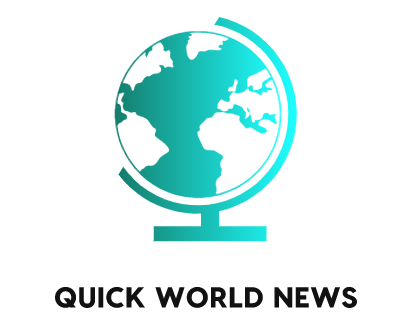From a modest first census of just 177 people to a total population of over 4.8 million and growing by some 327 people daily, Melbourne, the capital city of Victoria, Australia is on track to pass Sydney as Australia’s largest city within the next decade.
Today, Marvelous Melbourne – a nickname remnant from the 1800’s gold rush – is known for vibrant laneways, sporting passion, arts scene and gastronomical delights, and is the gateway to one of the most spectacular coastlines in the world.

Rapid population growth in the city has put pressure on aging infrastructure, the quality of the environment and available resources in the area. And these challenges are further amplified by emerging environmental stressors such as sea level rise, coastal flooding, drought and diminishing water resources, and increased shocks from extreme weather events.

Following this growth, there’s been a surge of infrastructure investment – the state of Victoria is embarking on an extensive infrastructure development program with over AUD $100 billion worth of projects currently planned or being built. The projects being planned now will shape the city for the next 50 years.

Melbourne is undergoing a structural transformation into an Asia-Pacific metropolis and investment attractor. The wider metropolitan area is large with capacity for further growth, both in peri-urban areas and infill of brown and greyfield areas. Melbourne benefits from the custodial planning of its founders and is recognized for its grand boulevards, strategic infrastructure assets, deep pools of smart talent and neighborhood cohesiveness.



